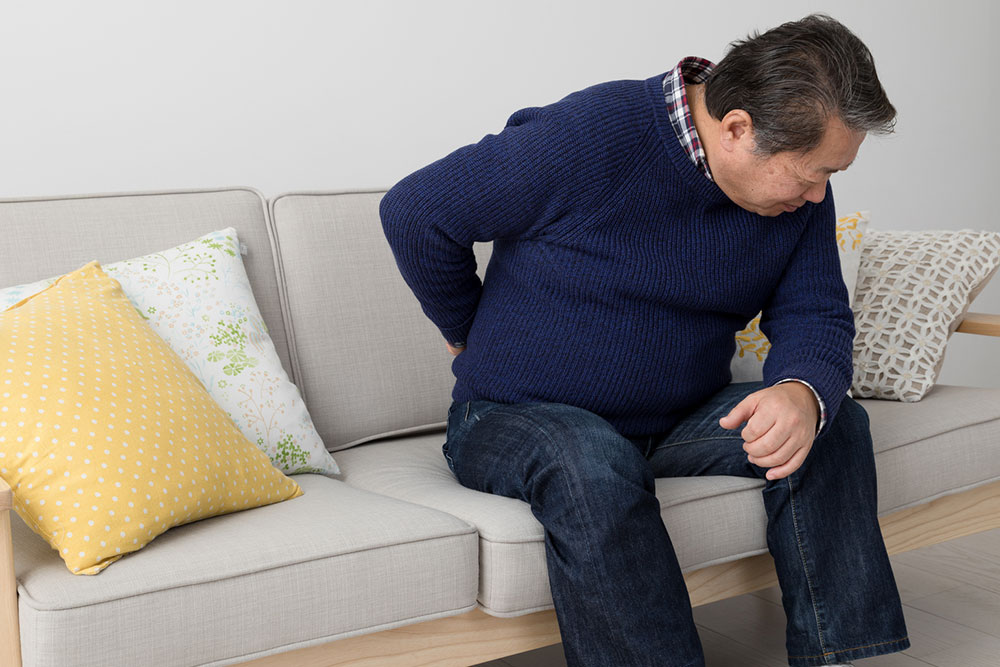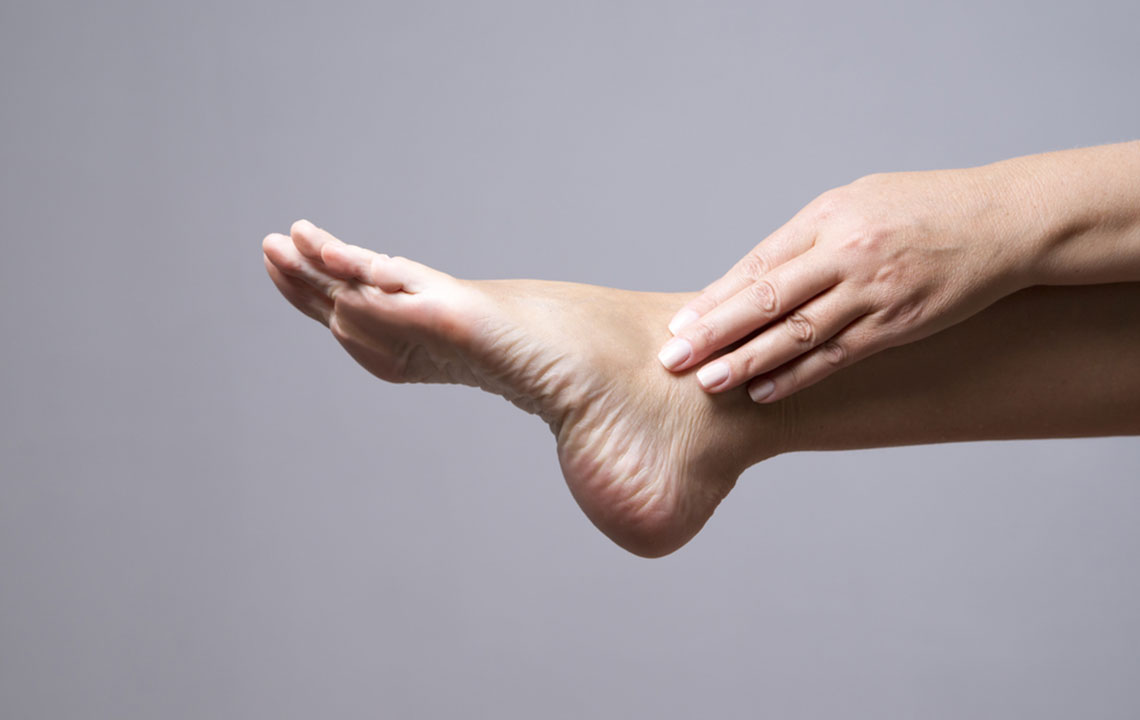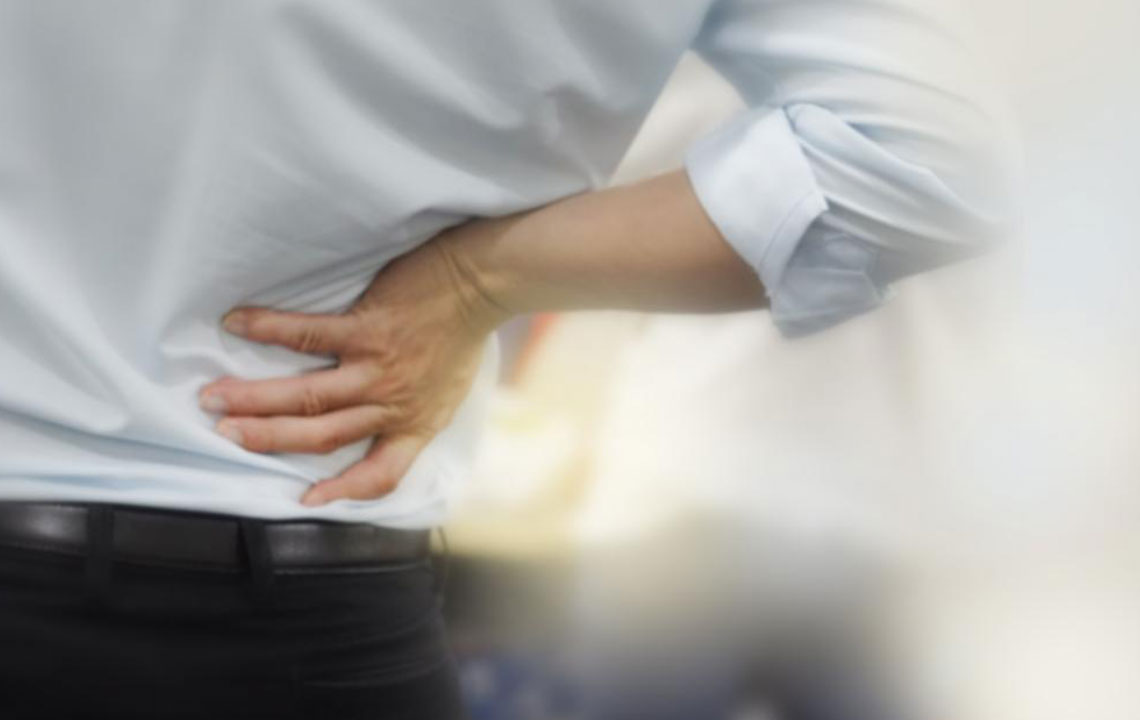Understanding Causes of Right-Side Lower Back Discomfort
Explore the common and serious causes of right-side lower back pain, including muscle strain, kidney issues, appendicitis, and nerve conditions. The article highlights symptoms and emphasizes the importance of timely medical diagnosis. Recognizing early signs and seeking appropriate care can prevent complications. Whether due to soft tissue injuries or internal organ problems, understanding underlying causes can guide effective treatment options for lasting relief and health management.

Understanding Causes of Right-Side Lower Back Discomfort
Experiencing sudden lower back discomfort on the right side can be alarming. Often, this pain is due to muscle strain from physical activity or overstretching, which typically resolves naturally. Applying topical ointments or pain relief sprays from local stores can help, but persistent issues may indicate more serious health concerns that need attention. Serious conditions such as kidney problems, appendicitis, or nerve compression can cause ongoing or intense pain requiring medical diagnosis and treatment. Recognizing symptoms and consulting a healthcare professional promptly is crucial for effective management.
Kidney-related issues
The kidneys are located in the lower back area, and problems here may extend beyond urinary issues, including kidney stones or infections. Symptoms like fever, painful urination, flank pain, nausea, or vomiting signal kidney trouble. Trauma or injury to the area can also cause persistent pain. Pregnant women experiencing similar symptoms should seek immediate medical advice. If kidney symptoms occur, early detection is key to effective treatment.
Other causes of right-sided lower back pain include:
Appendicitis
The appendix, a small tube attached to the large intestine on the lower right abdomen, can become inflamed, especially in young individuals under 30. Symptoms include severe right-sided pain, abdominal tenderness, bloating, and discomfort. Prompt medical attention can often resolve the issue without surgery if caught early.
Muscle, ligament, or tendon injuries supporting the spine can also induce localized pain. Additionally, issues involving spinal structures like facet joints, intervertebral discs, or nerve roots, such as herniated discs or osteoarthritis, contribute to lower back discomfort.
Conditions like spinal stenosis or sacroiliac joint dysfunction may also be involved. Pain may involve interconnected spine components, including joint facets, nerve roots, or discs, causing a range of discomforts.
Cauda equina syndrome
This rare but serious condition involves compression of nerve roots at the lower end of the spinal canal, leading to severe pain, numbness, and potential bowel or bladder dysfunction. Early diagnosis and treatment are essential.
Other less common causes
Abdominal aortic aneurysm, a rupture in the abdominal vessel, and spinal infections like osteomyelitis can also cause lower right back pain, although they are less frequent.
Additional factors include:
Spinal tumors: Primary spinal tumors are rare, but metastatic cancers may press on nerves, resulting in pain.
Chronic pain syndromes: Conditions like fibromyalgia cause widespread musculoskeletal pain, sometimes concentrated in the lower back, along with tenderness in trigger points.
While blunt trauma and injury are common causes, persistent or severe pain warrants prompt medical evaluation. Early diagnosis can prevent complications and ensure effective treatment.










